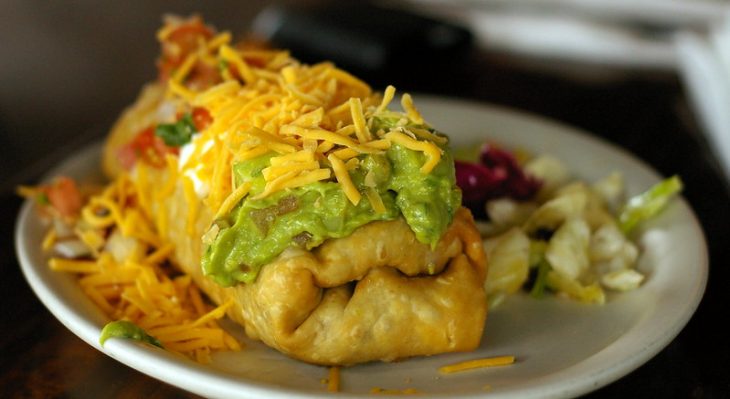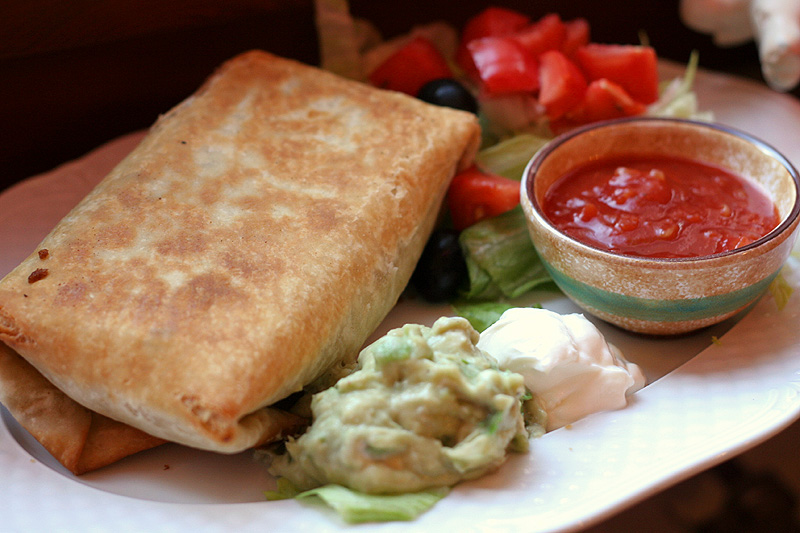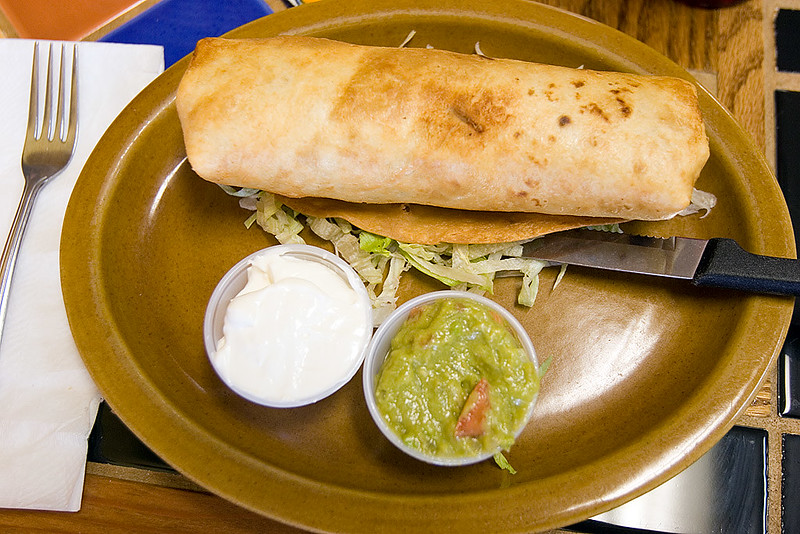
If you’re a fan of Mexican cuisine, chances are you’ve encountered the mouthwatering delight known as a chimichanga. This deep-fried burrito is a flavorful combination of ingredients wrapped in a tortilla and cooked to golden perfection. In this comprehensive article, we will explore the nutritional facts of chimichangas, including their calorie content, fat composition, and potential health considerations. So, prepare to indulge your senses as we dive into the world of chimichanga nutrition!
The Temptation of Chimichangas
Chimichangas have gained popularity for their crispy exterior and delicious fillings. They are often enjoyed as a special treat or featured on menus at Mexican restaurants. The combination of flavors and textures in a chimichanga is undeniably tantalizing, making it a beloved dish for many.
Unraveling the Chimichanga
The foundation of a chimichanga is a flour tortilla. Tortillas can vary in size, thickness, and ingredients used. Traditional flour tortillas are typically made from flour, water, salt, and fat. The tortilla serves as the outer shell that holds the fillings together.
Chimichangas can also be filled with a variety of ingredients, including meats, vegetables, beans, rice, and cheese. The filling options are vast, allowing for customization based on personal preferences. The fillings contribute to the overall taste and nutritional profile of the chimichanga.
Cooking Method
Chimichangas are known for their deep-fried preparation. The tortilla is immersed in hot oil until it becomes crispy and golden. Deep frying gives chimichangas their signature texture but can also impact their nutritional content due to the absorption of oil.

Calories
Chimichangas can range from 500 to 800 calories per serving. The calorie content primarily comes from the ingredients used, including the tortilla, filling, and any accompanying toppings or sauces. It’s important to consider portion sizes and balance your overall calorie intake when enjoying a chimichanga.
Total Fat Content
A typical chimichanga contains around 20 to 40 grams of total fat. The fat content can vary based on factors such as the type of meat used, the frying method, and any added cheese or sour cream. While fat is a source of energy and adds flavor to the dish, it’s important to be mindful of your fat consumption.
Saturated Fat
Chimichangas can be significant sources of saturated fat, with approximately 8 to 15 grams per serving. Saturated fat, when consumed in excess, may contribute to heart disease. It’s advisable to be mindful of saturated fat intake and balance it with healthier fat options.
Cholesterol
Chimichangas generally contain 50 to 100 milligrams of cholesterol per serving. Cholesterol is a fatty substance found in animal-based foods and can contribute to cardiovascular health concerns when consumed excessively.
Sodium
Chimichangas tend to be moderately high in sodium, with approximately 800 to 1200 milligrams per serving. The sodium content can vary depending on the seasoning and filling ingredients. It’s worth noting that excessive sodium intake can contribute to health concerns such as high blood pressure, so it’s important to be aware of your sodium consumption and balance it with other low-sodium meals and snacks.
Carbohydrates
Chimichangas typically contain around 50 to 70 grams of carbohydrates per serving. The majority of these carbs come from the tortilla and fillings such as beans and rice. While carbohydrates are an important source of energy, it’s essential to consider your overall carbohydrate intake and choose complex carbohydrates over refined ones for sustained energy and a better nutrient profile.
Protein
Chimichangas can provide around 20 to 30 grams of protein per serving. The protein content largely depends on the filling, which can include meat, beans, or a combination of both. Protein is crucial for muscle growth and repair, and it can help promote satiety. Opting for lean protein sources and balancing your protein intake throughout the day can contribute to a healthy diet.
Portion Control
Pay attention to portion sizes, as chimichangas can be quite filling and high in calories. Consider sharing or enjoying a smaller portion alongside a balanced meal.
Healthier Alternatives
Try baking or air-frying chimichangas instead of deep-frying. This can reduce the overall fat content while still achieving a crispy texture. You could also opt for healthier fillings such as grilled chicken, lean meats, or plant-based options like black beans and grilled vegetables. Choose lighter toppings like salsa, guacamole, or Greek yogurt instead of heavy creams or cheeses.

Pairing with Nutritious Sides
Accompany your chimichanga with a side of fresh salad, steamed vegetables, or a light soup to add more nutrients to your meal.
Conclusion
Now that you’re equipped with the nutritional facts and tips for enjoying chimichangas, go ahead and savor this delectable Mexican delight in a way that suits your dietary preferences and goals. Bon appétit!
Frequently Asked Questions (FAQs)
Are chimichangas gluten-free?
Unfortunately, traditional chimichangas are not gluten-free as they are made with wheat flour tortillas. However, you can explore gluten-free alternatives or create your own gluten-free versions using corn tortillas or other gluten-free wraps.
Can I make chimichangas with healthier ingredients?
Absolutely! You can make healthier chimichangas by using whole wheat or low-carb tortillas, opting for lean proteins, adding plenty of vegetables, and using healthier cooking methods like baking or air frying.
Can I freeze chimichangas for later consumption?
Yes, you can freeze chimichangas for future meals. It’s recommended to individually wrap them in foil or plastic wrap before freezing. When ready to eat, simply reheat them in the oven or air fryer until heated through.
Can vegetarians enjoy chimichangas?
Definitely! Vegetarian chimichangas can be made using plant-based proteins like beans, tofu, or tempeh. Fillings can include a variety of vegetables, cheese, and flavorful spices.
Can chimichangas be part of a healthy diet?
While chimichangas are typically indulgent, they can be enjoyed as an occasional treat as part of a balanced diet. Be mindful of portion sizes, choose healthier fillings, and pair them with nutritious sides to create a more balanced meal.
Was this page helpful?
Our commitment to delivering trustworthy and engaging content is at the heart of what we do. Each fact on our site is contributed by real users like you, bringing a wealth of diverse insights and information. To ensure the highest standards of accuracy and reliability, our dedicated editors meticulously review each submission. This process guarantees that the facts we share are not only fascinating but also credible. Trust in our commitment to quality and authenticity as you explore and learn with us.
